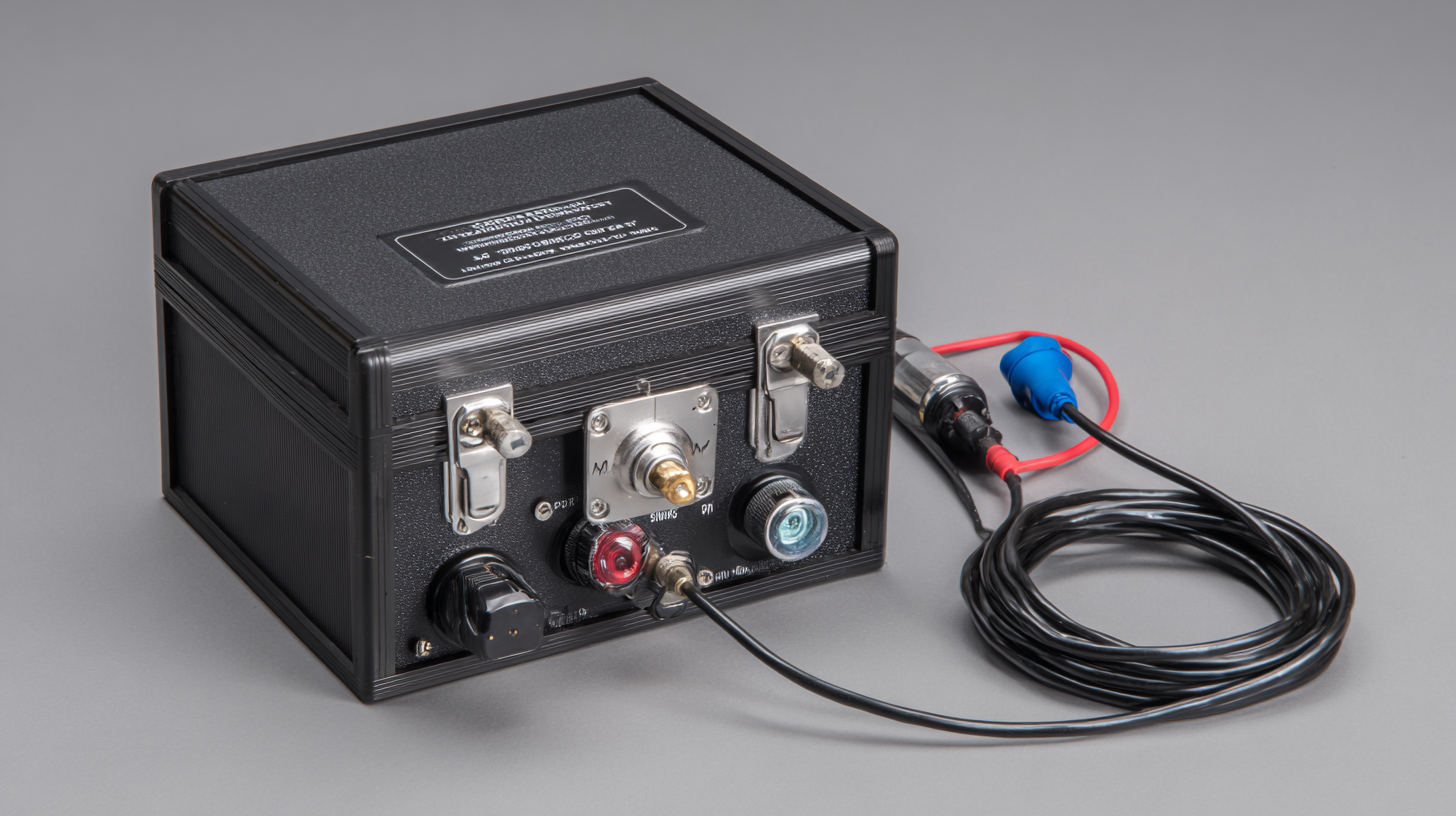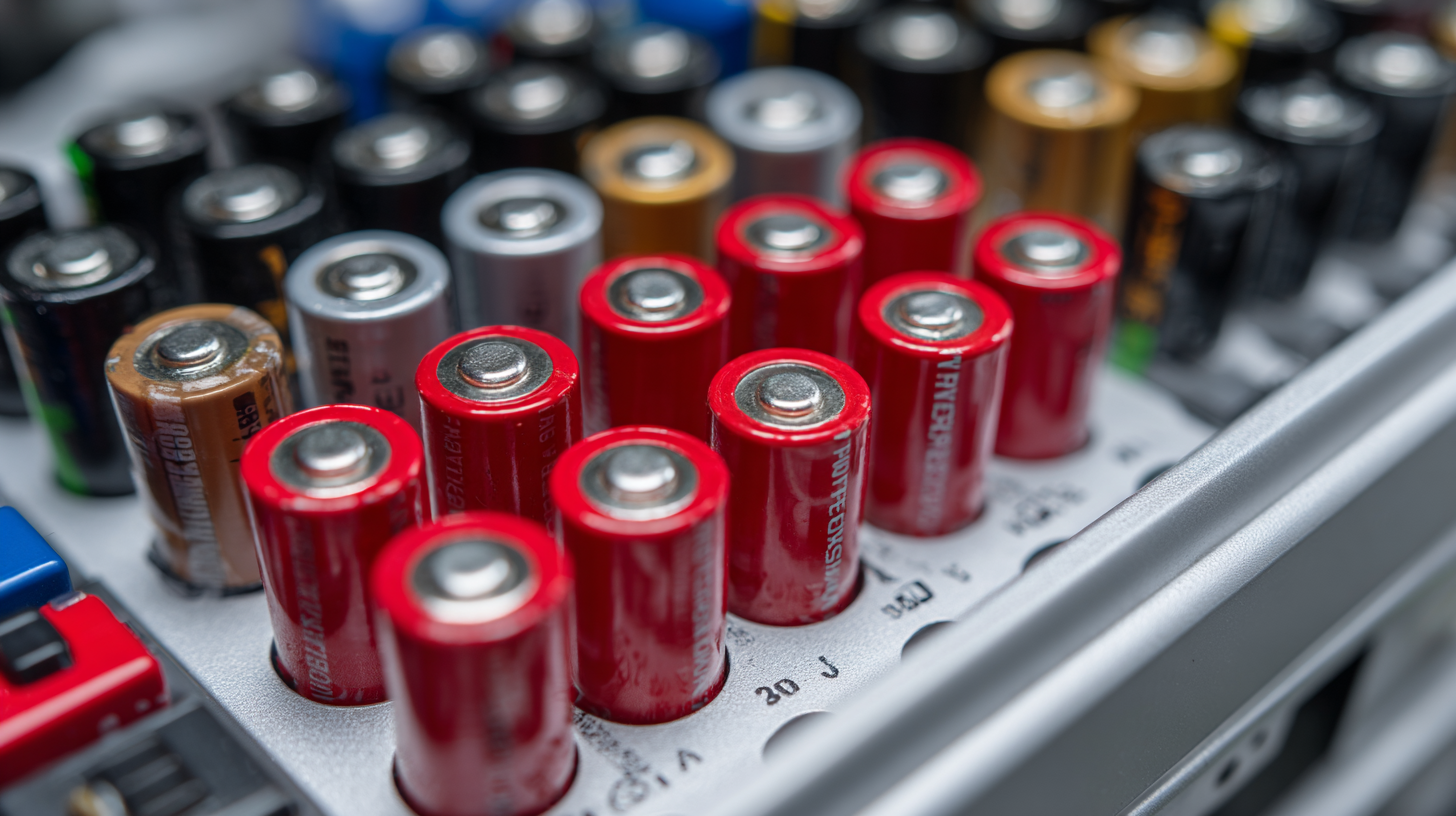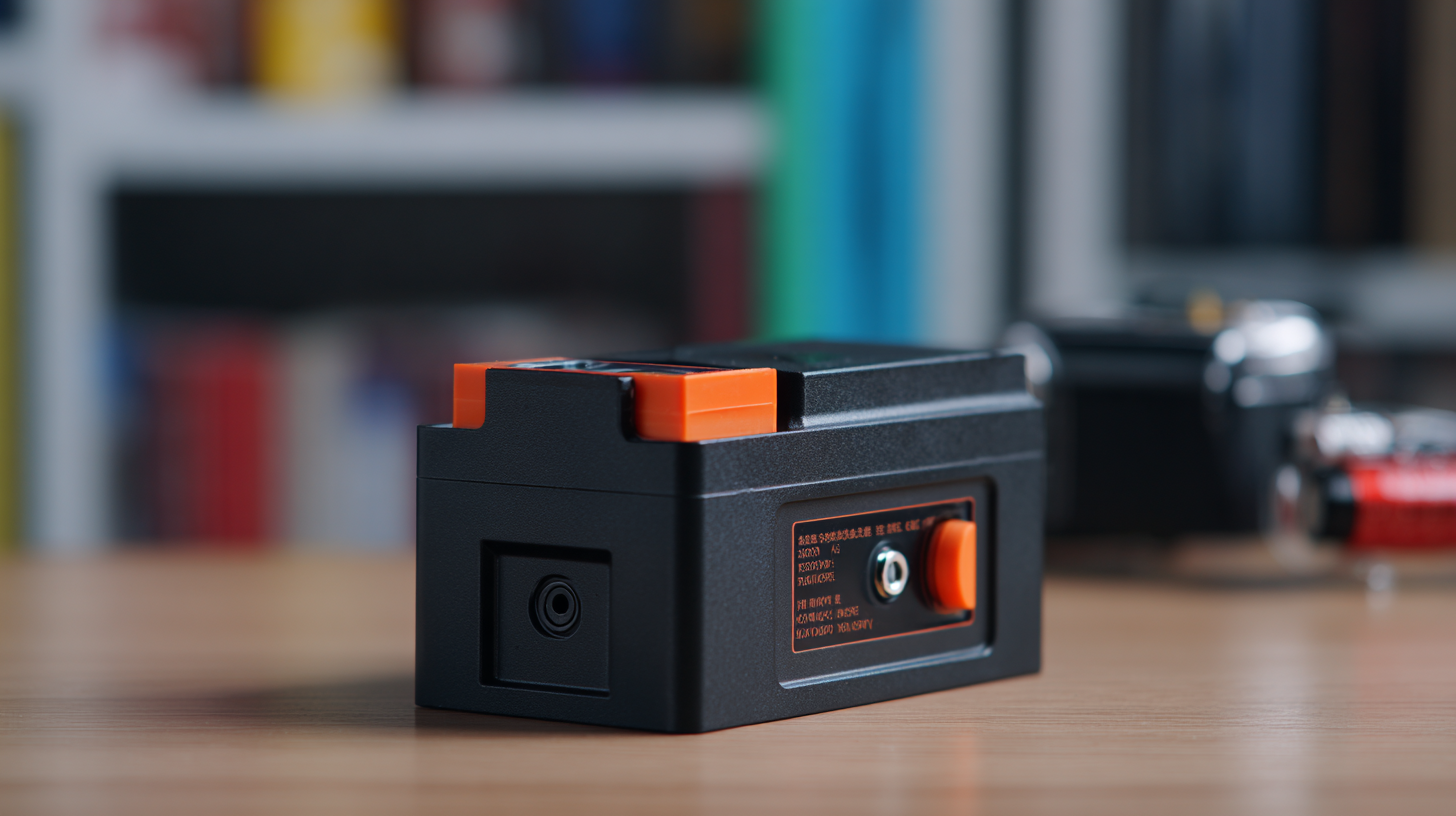
-
Home
-
Products
-
Power Cell Testing System
-
Digital Battery Testing System
-
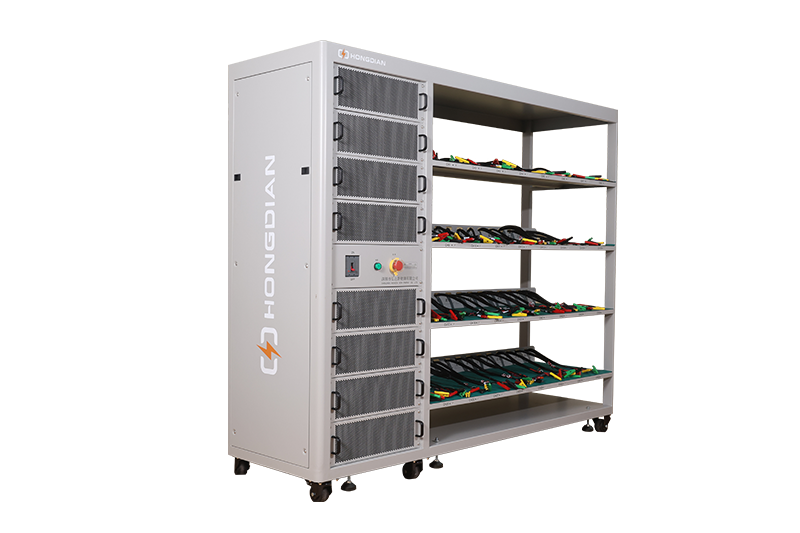 32/48 channel battery charging and discharging test integrated battery cabinet
32/48 channel battery charging and discharging test integrated battery cabinet
-
 40 channel battery charging and discharging test integrated battery cabinet
40 channel battery charging and discharging test integrated battery cabinet
-
 64 channel battery charging and discharging test integrated battery cabinet
64 channel battery charging and discharging test integrated battery cabinet
-
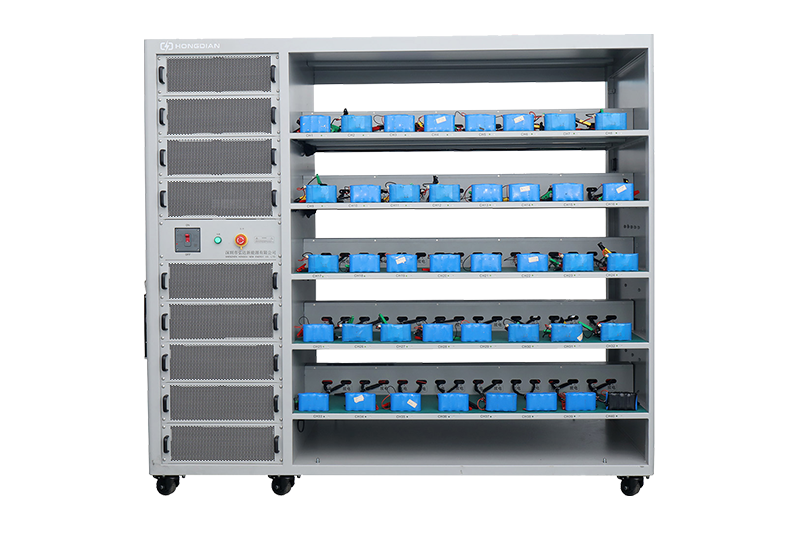 80 channel battery charging and discharging test integrated battery cabinet
80 channel battery charging and discharging test integrated battery cabinet
-
-
Module Pack Testing System
-
Developing Portable Battery Testing
-
-
About Us
-
Service
-
Case&Solution
-
News
-
Blog
-
Contact Us
Leave Your Message
-
Phone
-
E-mail
-
Whatsapp
-
Wechat

 1000V-1500V High Voltage High Current Battery Testing System
1000V-1500V High Voltage High Current Battery Testing System
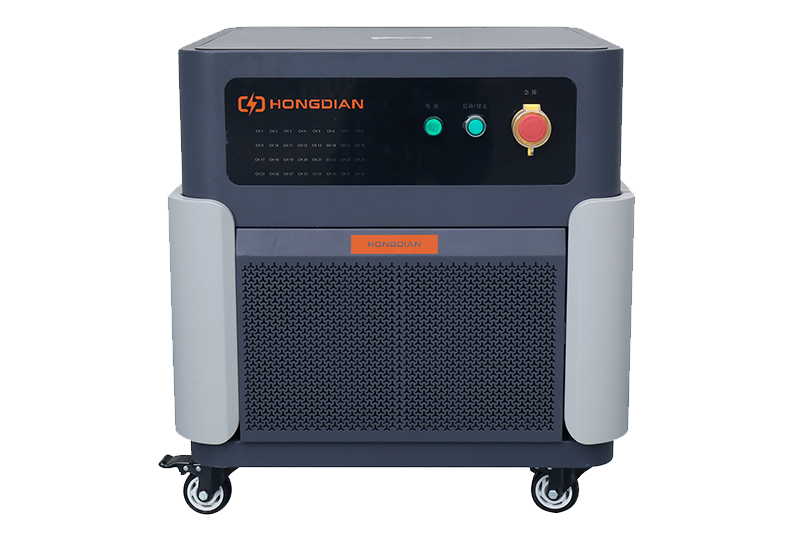 High-Precision Battery Testing System for Enhanced Performance Monitoring 30V/60V/100V/120V
High-Precision Battery Testing System for Enhanced Performance Monitoring 30V/60V/100V/120V
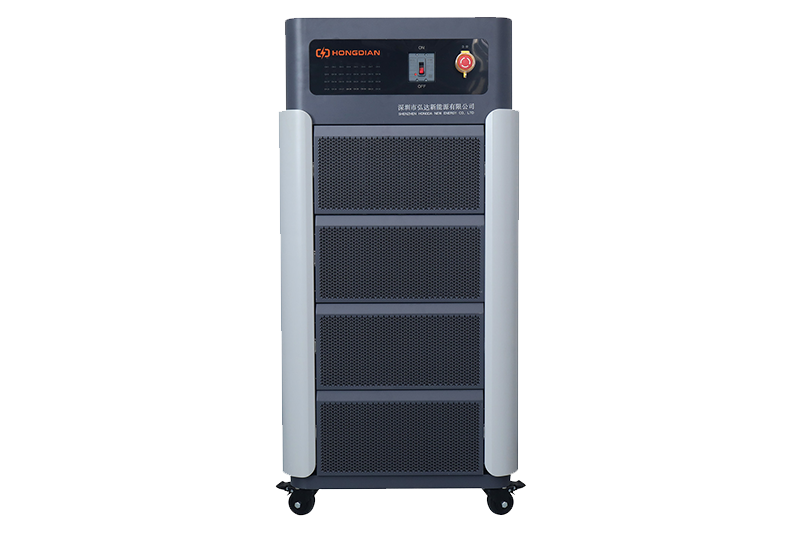 High-Precision Battery Charge Discharge Test Systems for EV Manufacturers
High-Precision Battery Charge Discharge Test Systems for EV Manufacturers
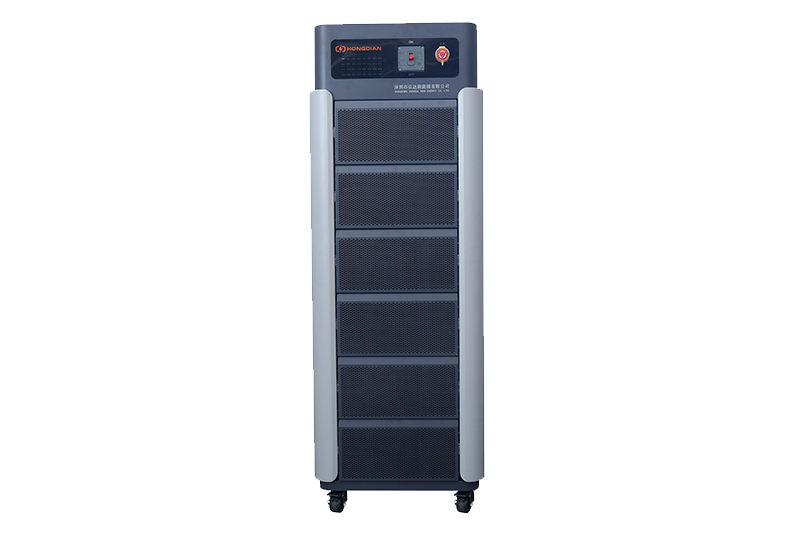 Precision Battery Test Racks for Cell Capacity & Internal Resistance Measurement
Precision Battery Test Racks for Cell Capacity & Internal Resistance Measurement
 Multi-Channel Battery Testing Equipment for Parallel Performance Analysis
Multi-Channel Battery Testing Equipment for Parallel Performance Analysis
